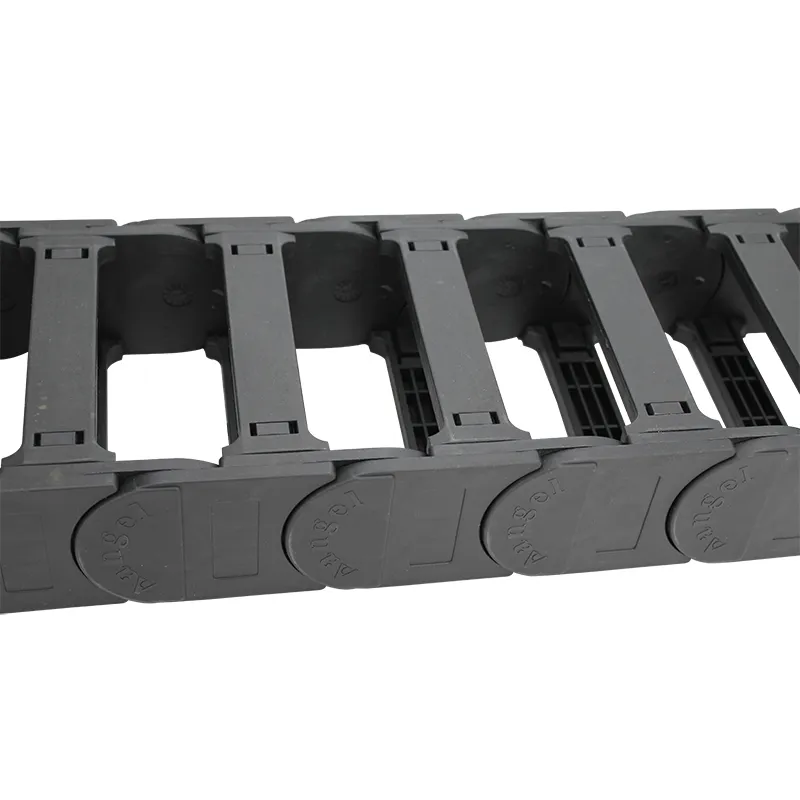synchronous belt vs v belt
Synchronous Belt vs. V-Belt A Comprehensive Comparison
When it comes to power transmission systems in machinery, the choice between synchronous belts and V-belts is crucial for designing efficient and reliable equipment. Both types of belts are used widely in various applications, from automotive engines to industrial machinery. However, they differ significantly in design, performance characteristics, and suitability for different tasks. This article will provide a comprehensive comparison of synchronous belts and V-belts, highlighting their advantages and disadvantages.
Design and Construction
Synchronous belts, also known as timing belts, are designed with teeth that mesh with corresponding grooves on the pulleys. This tooth engagement allows for precise movement and prevents slippage, ensuring that the rotational speed between the pulleys remains constant. Synchronous belts are typically made from durable materials such as neoprene or polyurethane, reinforced with fiberglass or steel cords for added strength.
In contrast, V-belts feature a trapezoidal cross-section, which allows them to rest in the grooves of wide pulleys. They work on the principle of friction to transmit power, which means that the belt can slip if the load exceeds a certain threshold. V-belts are usually constructed from rubber or synthetic materials, with varying cross-sectional designs, including classic, narrow, and cogged variations.
Applications and Usage
The application of each belt type depends largely on the requirements of the machine or system in which they are installed. Synchronous belts are ideal for applications that demand high precision and synchronization, such as automotive timing systems, CNC machines, and robotic arms. Their ability to maintain exact timing between gears makes them essential in scenarios where even a slight delay could result in performance issues or mechanical failure.
On the other hand, V-belts are commonly used in applications that require general power transmission, such as HVAC systems, agricultural machinery, and conveyor systems. Their flexibility and relative ease of installation make them a favorite choice for drive systems where precise timing is less critical than the ability to handle varying loads and environments.
synchronous belt vs v belt

Performance and Efficiency
When discussing performance, synchronous belts possess distinct advantages over V-belts. The precise engagement of the teeth eliminates any slippage, allowing for maximum efficiency in power transfer. Consequently, synchronous belts can operate at higher speeds and under greater loads without risking performance loss. Moreover, they tend to have a longer life span due to reduced wear and tear from slippage.
Conversely, V-belts may experience wear more rapidly because of their reliance on friction. While they can handle shock loads and are more forgiving of misalignment, they require regular tension adjustments and maintenance to prevent slipping and decrease wear. This need for maintenance can result in increased downtime, affecting overall productivity.
Limitations
Despite their advantages, synchronous belts are not without limitations. Their rigid structure makes them less adaptable in systems with significant misalignment or vibration, which can lead to premature wear or failure. Additionally, the initial cost of synchronous belts and their associated pulleys can be higher than that of V-belts, which might deter their use in lower-cost applications.
V-belts, while versatile and easier to install, can suffer from significant efficiency losses due to slippage. This inefficiency can lead to higher energy consumption over time. Furthermore, applications that require high precision may not benefit from V-belts, as their tendency to slip can cause timing issues, potentially damaging sensitive components.
Conclusion
In conclusion, the choice between synchronous belts and V-belts largely depends on the specific requirements of your application. Synchronous belts offer unparalleled precision and efficiency, making them ideal for synchronized and high-performance environments. Conversely, V-belts provide flexibility, ease of installation, and suitability for general power transmission tasks. Manufacturers and engineers must weigh the advantages and disadvantages of each option, considering factors such as cost, maintenance, efficiency, and application needs before making a decision. Understanding these differences will ensure that the right belt is chosen, leading to optimal performance in machinery and equipment.








